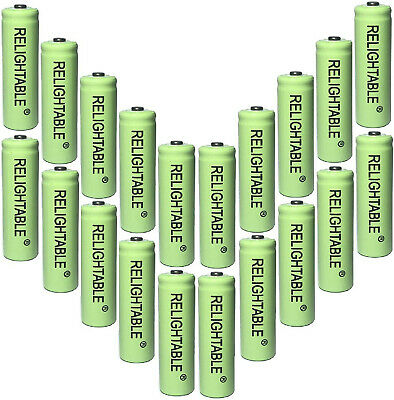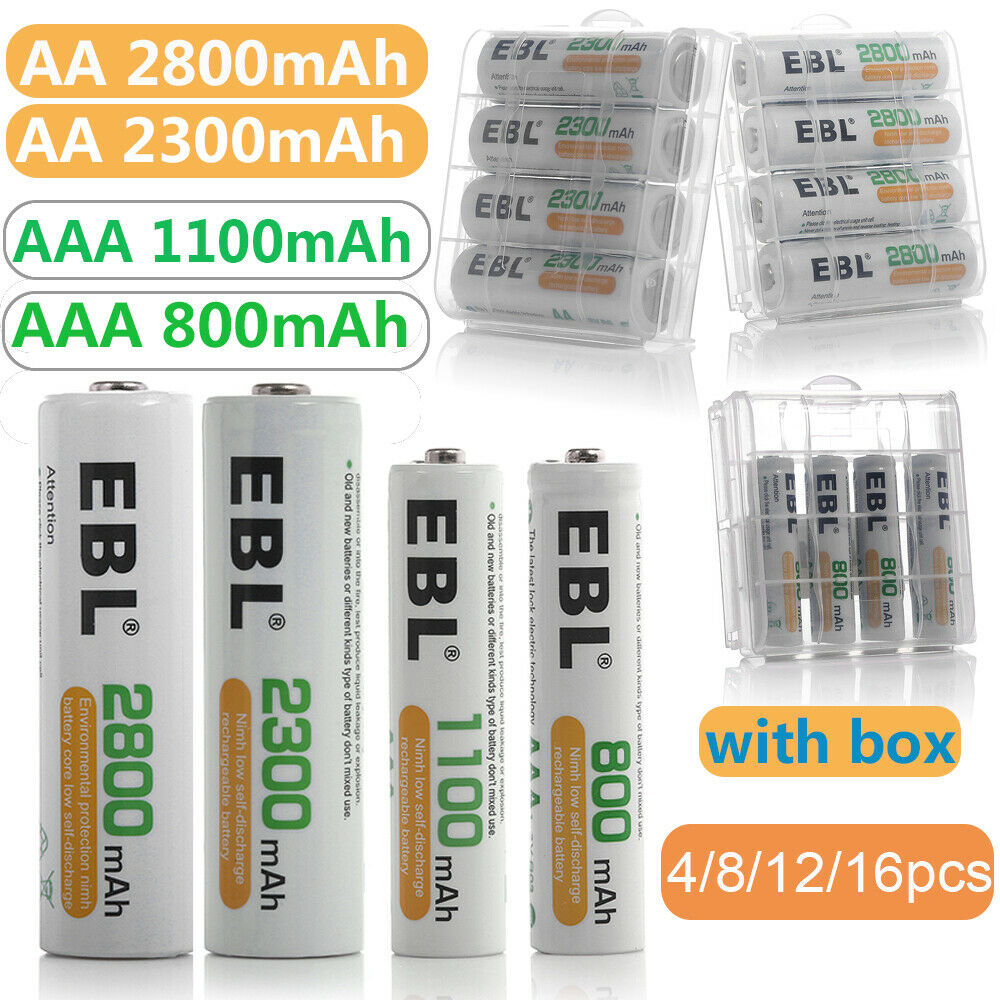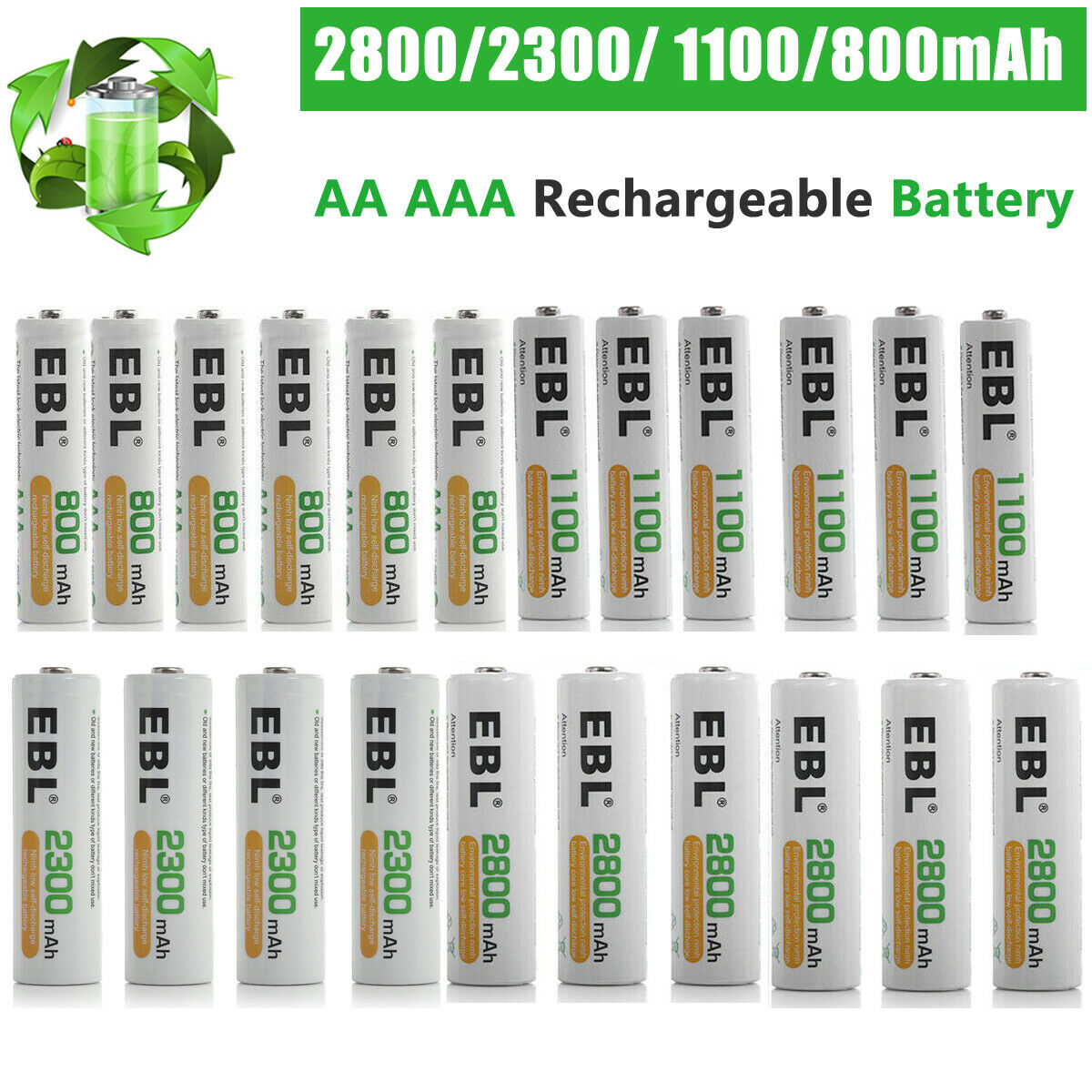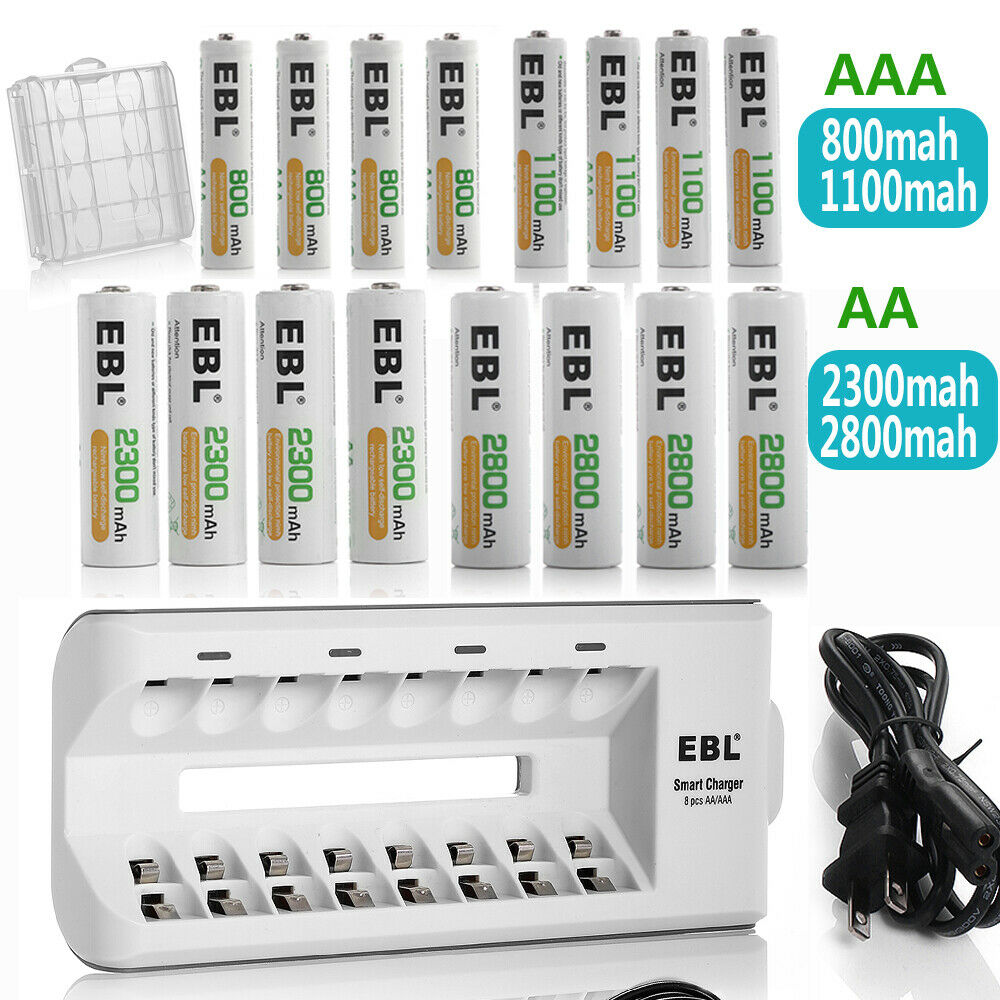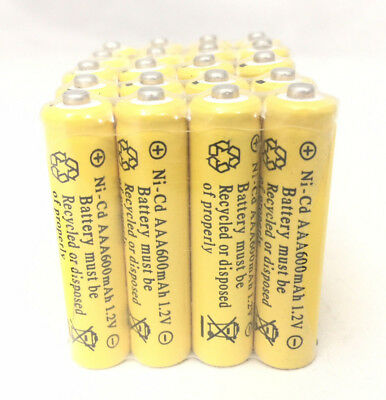-40%
12V 30Ah Lithium Iron Phosphate Battery LiFePO4 BMS For Power Wheel Scooter
$ 81.84
- Description
- Size Guide
Description
Eco-worthy 30AH 12V 384wh Battery Rechargeable Lithium Iron Phosphate LiFePO4 BatteryWhat’s BMS ?
BMS Protection
A battery management system (BMS) is any electronic system that manages a rechargeable battery (cell or battery pack).
such as by protecting the battery from operating outside its safe operating area, monitoring its state, calculating secondary data, reporting that data, controlling its environment, authenticating it and / or balancing it.
A battery pack built together with a battery management system with an external communication data bus is a smart battery pack. A smart battery pack must be charged by a smart battery charger.
Why Choose LiFePO4 Battery
More than 3000 cycles
Lightweight
High Efficiency
Safe Use
Lithium rechargeable battery cycles more than 3000 times, which can be used for 6-10 years,much longer than that of lead-acid.
Lithium rechargeable battery cycles more than 3000 times, which can be used for 6-10 years,much longer than that of lead-acid.
It provides up to 95% of their rated capacity while a lead-acid battery is usually limited to 50%.
Built-in BMS protects the cells from getting damaged — most commonly from over or under-voltage, over current, high temperature or external short-circuiting.
Wide
Application
Power Wheel
Fishing Power
Energy Storage
RV
Scooter
Golf Carts
Toy Car
Trolling Motor
Fish Finder
Fish Flasher
Solar Battery
Emergency Power
Off-Grid Power
Specification
Battery Capacity:30AH
Battery Voltage:12.8V
Maximum Charge/ Discharge Current:20A
Peak
Charge/ Discharge
Current:30A
Maximum Charge Voltage:14.5V
Discharge Cut-Off Voltage:10V
Battery Size:7.1*6.3*3 inch
Battery Weight:4.85 lbs
Warning
1.Never reverse connection of positive and negative electrodes of battery !
2.Never knock or throw, step on the battery!
3.Never use metal to directly connect the positive and negative terminals of the battery!
4.Never directly solder the battery or pierce the battery with nails or other sharp objects!
5.Never immerse the battery in seawater or water!
6.
Do not use as s a jump starter battery and vehicle starter battery
7.Do not use or place the battery at high temperatures, otherwise it may cause the battery to overheat,Fire or malfunction, shortened life!
FAQ
Q:
What is a BMS? What does it do and where is it located?
A:BMS stands for Battery Management System. The BMS protects the cells from getting damaged — most commonly from over or under-voltage, over current, high temperature or external short-circuiting. The BMS will shut off the battery to protect the cells from unsafe operating conditions. All ECO-WORTHY batteries have a built-in BMS to manage and protect them against these types of issues.
Q:
What’s the difference between parallel and series connections?
A:Parallel connections involve connecting 2 or more batteries together to increase the capacity of the battery bank. In this case, the positive terminals are connected together and the negative terminals are connected together of all the batteries until you reach your desired capacity. Series connections involve connecting 2 or more batteries together to increase the voltage of the battery system. The positive of one battery is connected to the negative of another until the desired voltage is achieved. For example, if you connect 2 x 12V batteries in series, the battery system will be 24V.
Q:What is the expected life of a LiFePO4 battery?
A:Battery life is measured in life cycles and Eco-worthy’s LiFePO4 is typically rated to deliver 3500 cycles at 100% depth of discharge (DOD). Actual life expectancy is dependent on several variables based on your specific application. If used for the same application, a LiFePO4 battery can last up to 10X longer than a lead-acid battery.
Q:What type of solar charge controller do I need to charge my batteries with my solar panels?
A:There are two types of charge controllers. Both work with ECO-WORTHY batteries. Pulse width modulation (PWM) Maximum power point tracking (MPPT).








